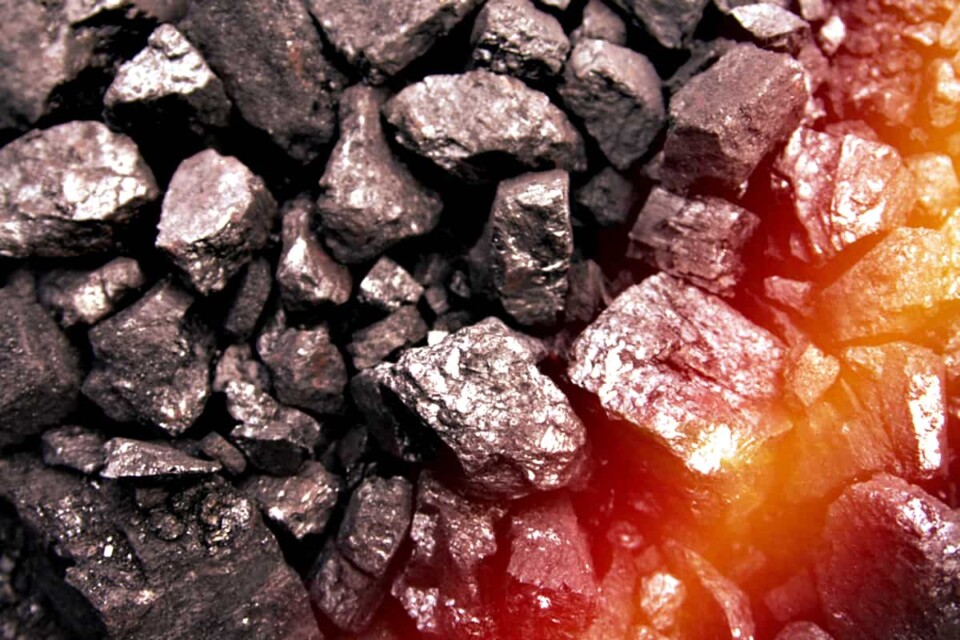A finite resource supplying a deep market tends to have a production history that is symmetrical around a peak. This is exemplified by the UK’s history of coal and oil production:
The rate of production tends to fall as fast as it rose. In 1956, Shell geologist King Hubbert used that relationship to predict that US onshore oil production in the lower 48 states would peak in 1973, which it duly did. The mathematical process he used to achieve that is now termed ‘Hubbert linearisation’. Another factor to bear in mind is that the operating cost of extraction starts rising once half of a resource has been consumed.
World peak oil production was predicted to peak in 2005. The US was short of natural gas and a few LNG import terminals were built by 2005. Then the tight oil and shales gas booms started and the US supplied all the growth in world oil demand for the last 20 years. The LNG import terminals were repurposed to LNG export plants. US natural gas production of 40 TCF per annum has the energy equivalent of 18 million barrels per day of oil and so has an energy content 38% higher than current US oil production of 13 million barrels per day.
Applying Hubbert linearization to US oil and gas production has enabled the following forecasts to be made:
Traditionally the natural gas price in the US followed the No. 2 fuel oil price and so tracked the oil price. The oversupply from shale gas had driven the price down to US$2.86 per thousand cubic feet currently. This is the energy equivalent of oil at US$17 per barrel. Cheap and abundant natural gas has been a boon to US industry, displacing coal in power generation and being the glue that holds the power grid together in the face of fluctuating wind and solar power generation.
God Bless You and Your Families!
Love,![]()
![]()

Please think about donating below.
ELECTION 2024 COUNTDOWN



